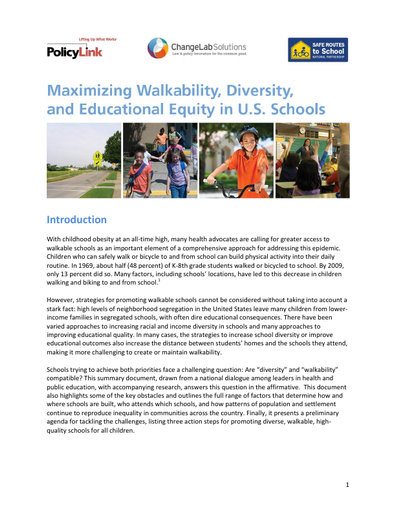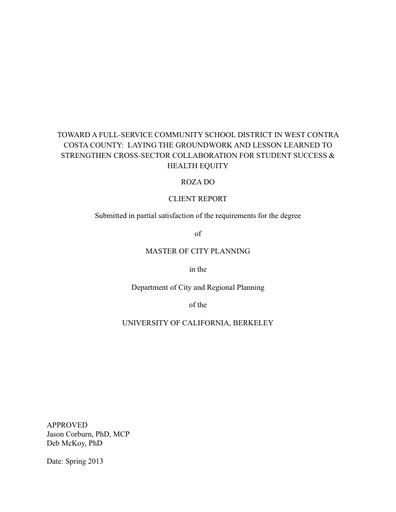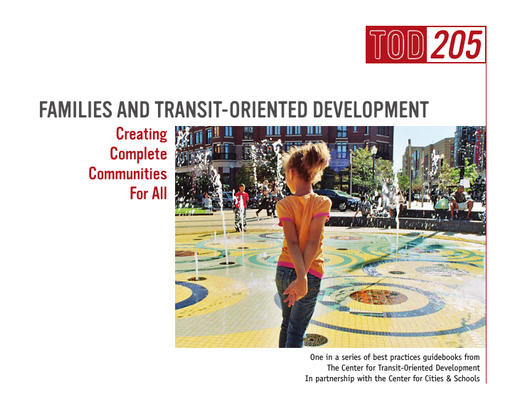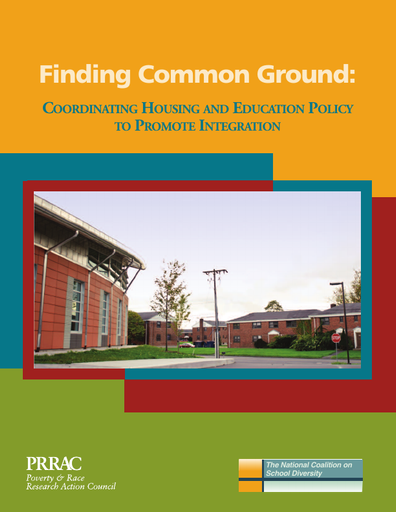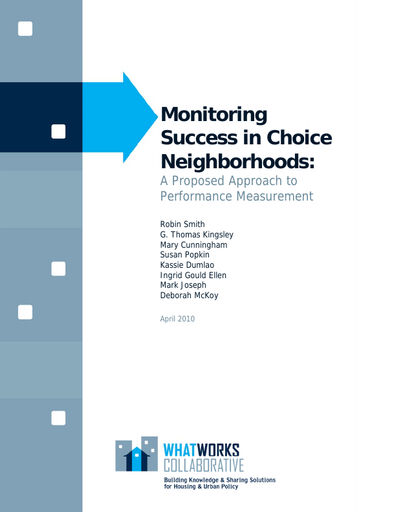Maximizing Walkability, Diversity, and Educational Equity in U.S. Schools
Schools trying to be integrated and serve their local communities often face a challenging question: Are “diversity” and “walkability” compatible? This summary document, drawn from a national dialogue among leaders in health and public education, with accompanying research, answers this question in the affirmative. The report highlights key obstacles and outlines the full range of factors that…

